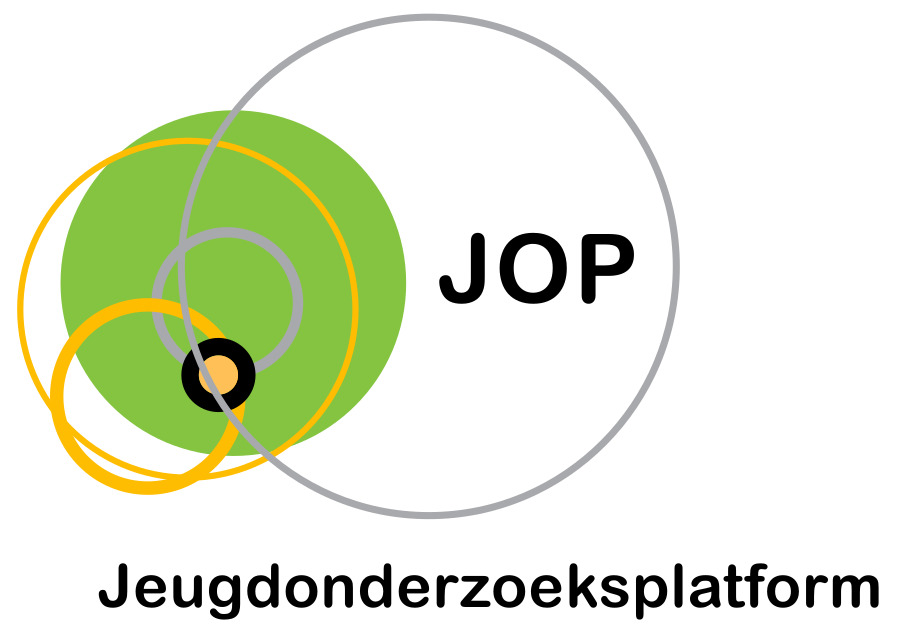Punishment and Reward Sensitivity: Are Naturally Occurring Clusters in These Traits Related to Eating and Weight Problems in Adolescents?
Auteurs
Matton, A., Goossens, L., Braet, C., & Vervaet, M. (2013).

Abstract
Er is weinig geweten over de rol van de gevoeligheid voor straf (GS) en de gevoeligheid voor beloning (GB) bij eetproblemen tijdens de adolescentie. Om die reden is het doel van deze studie om het voorkomen van clusters van hoge en lage gevoeligheid voor straf en gevoeligheid voor beloning bij niet-klinische adolescenten en de verschillen met de tussenliggende cluster met betrekking tot diverse eetproblemen en gewichten na te gaan. In totaal vervolledigden 579 adolescenten (14-19 jaar, 39,8% jongens) de Sensitivity to Punishment and Sensitivity to Reward Questionnaire (SPSRQ), de Behavioural Inhibition System and Behavioural Activation System scales (BIS/BAS scales), de Vlaamse Eating Behaviour Questionnaire en de Child Eating Disorder Examination Questionnaire en werden zij gewogen en gemeten. Op basis van de SPSRQ kwamen vier clusters tot stand, zijnde lage GS x lage GB; lage GS x hoge GB; hoge GS x hoge GB; hoge GS x hoge GB. Deze werden geassocieerd met eetproblemen, maar niet met de body mass index (BMI). Hieruit bleek dat voornamelijk de hoge GS x hoge GB-cluster de andere clusters overtreft in de verklaring van eetproblemen. Deze resultaten werden deels gerepliceerd op basis van de BIS/BAS scales, hoewel er minder significante correlaties gevonden werden tussen de clusters en eetproblemen. De implicaties van de bevindingen met betrekking tot mogelijke risico’s en beschermende clusters worden bediscussieerd.
Little is known about the role of sensitivity to punishment (SP) and reward (SR) in eating problems during adolescence. Therefore, the aim of the present study was to examine the naturally occurring clusters of high and low SP and SR among nonclinical adolescents and the between‐cluster differences in various eating problems and weight. A total of 579 adolescents (14–19 years, 39.8% boys) completed the Sensitivity to Punishment and Sensitivity to Reward Questionnaire (SPSRQ), the Behavioural Inhibition System and Behavioural Activation System scales (BIS/BAS scales), the Dutch Eating Behaviour Questionnaire and the Child Eating Disorder Examination Questionnaire and were weighed and measured. On the basis of the SPSRQ, four clusters were established, interpreted as lowSP × lowSR, lowSP × highSR, highSP × highSR and highSP × lowSR. These were associated with eating problems but not with adjusted body mass index. It seemed that specifically the highSP × highSR cluster outscored the other clusters on eating problems. These results were partly replicated with the BIS/BAS scales, although less significant relations between the clusters and eating problems were found. The implications of the findings in terms of possible risk and protective clusters are discussed.
Referentie
Matton, A., Goossens, L., Braet, C., & Vervaet, M. (2013). Punishment and Reward Sensitivity: Are Naturally Occurring Clusters in These Traits Related to Eating and Weight Problems in Adolescents? European Eating Disorders Review, 21(3), 184- 194.
Taal
Engels
Publicatievorm
Tijdschriftartikel
ISBN – DOI
10.1002/erv.2226
Trefwoord(en)
Adolescentie; Eetproblemen; Etiologie; Gevoeligheid voor beloning; Gevoeligheid voor Straf
